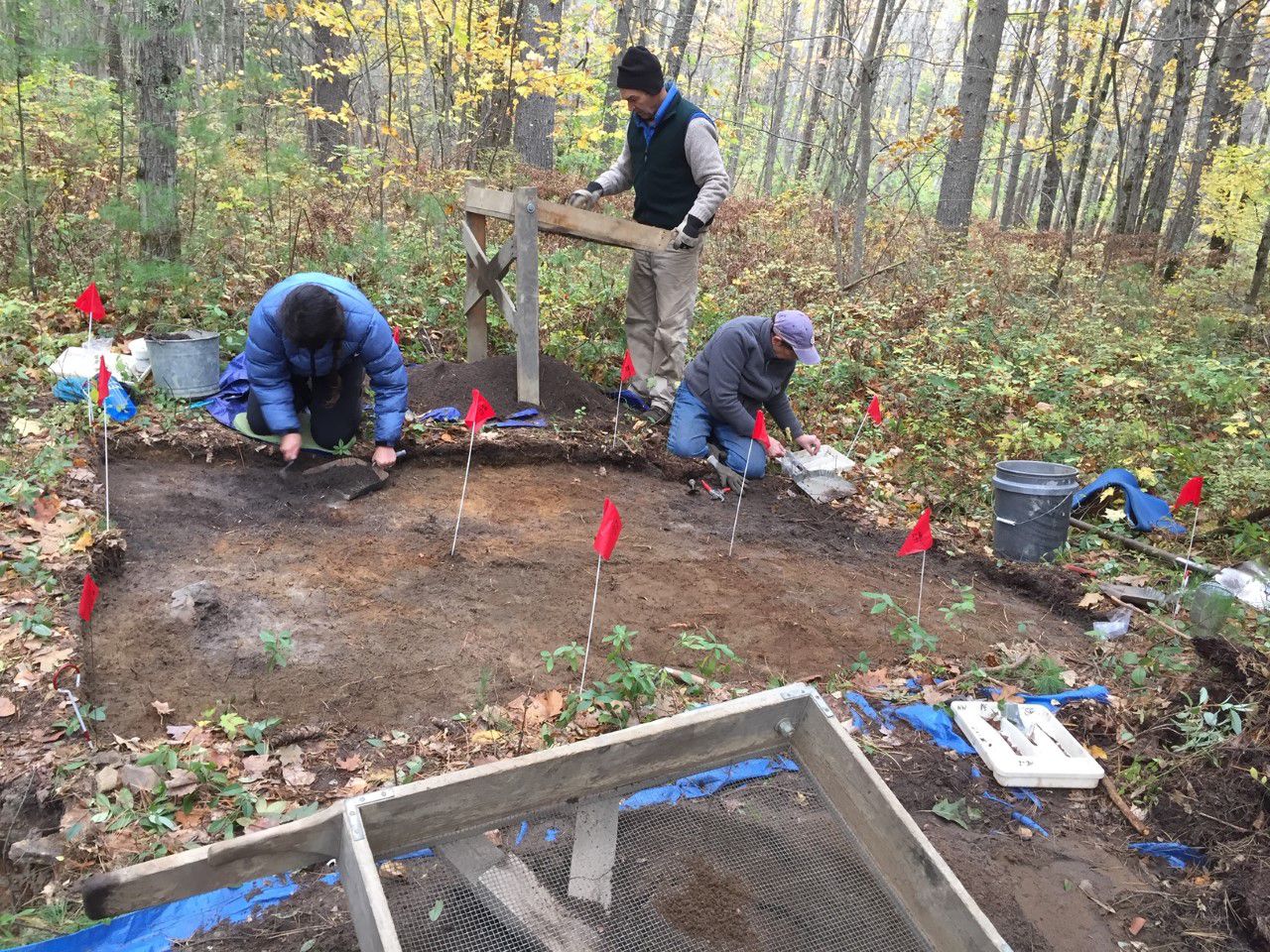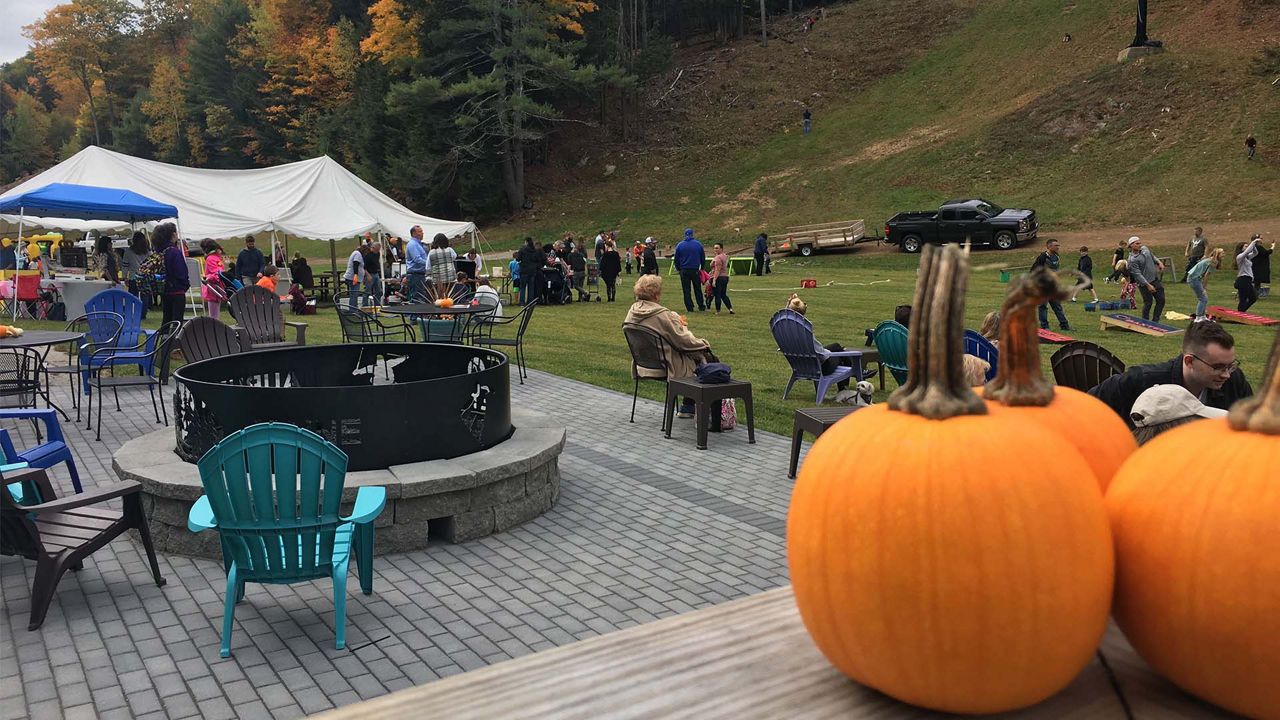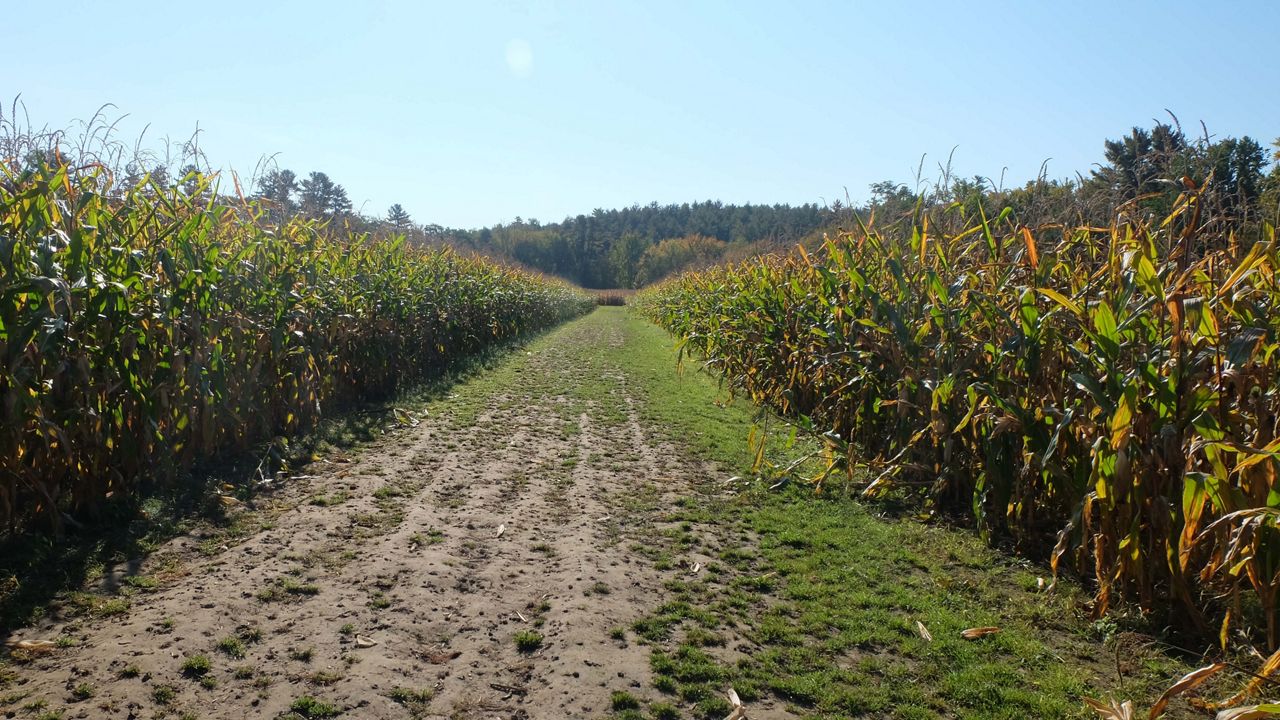KENNEBUNK — At the Brick Store Museum on Main Street, a modest exhibit takes up half a room on the second floor. It contains small fragments of pottery and glass, some old rusted bits of cooking equipment, and personal items such as metal buttons.
But the size and humble nature of the collection belies its significance. It marks the realization of a 20-year investigation by a local resident, and the uncovering of an 18th-century settlement that represents a significant chapter of African American history in Kennebunk — and possibly the entire state.
“It was a story that everyone kept shoving under the rug,” said Kathy Ostrander Roberts, the town’s historian. “It took me a couple of decades to figure it out.”
In the late 1990s, Roberts was the chair of the Kennebunk cemetery committee. A self-described “dead people freak,” she said she has always been fascinated with examining final resting places and what they can tell us about society and history.
“Cemeteries are a window into our past,” she said.
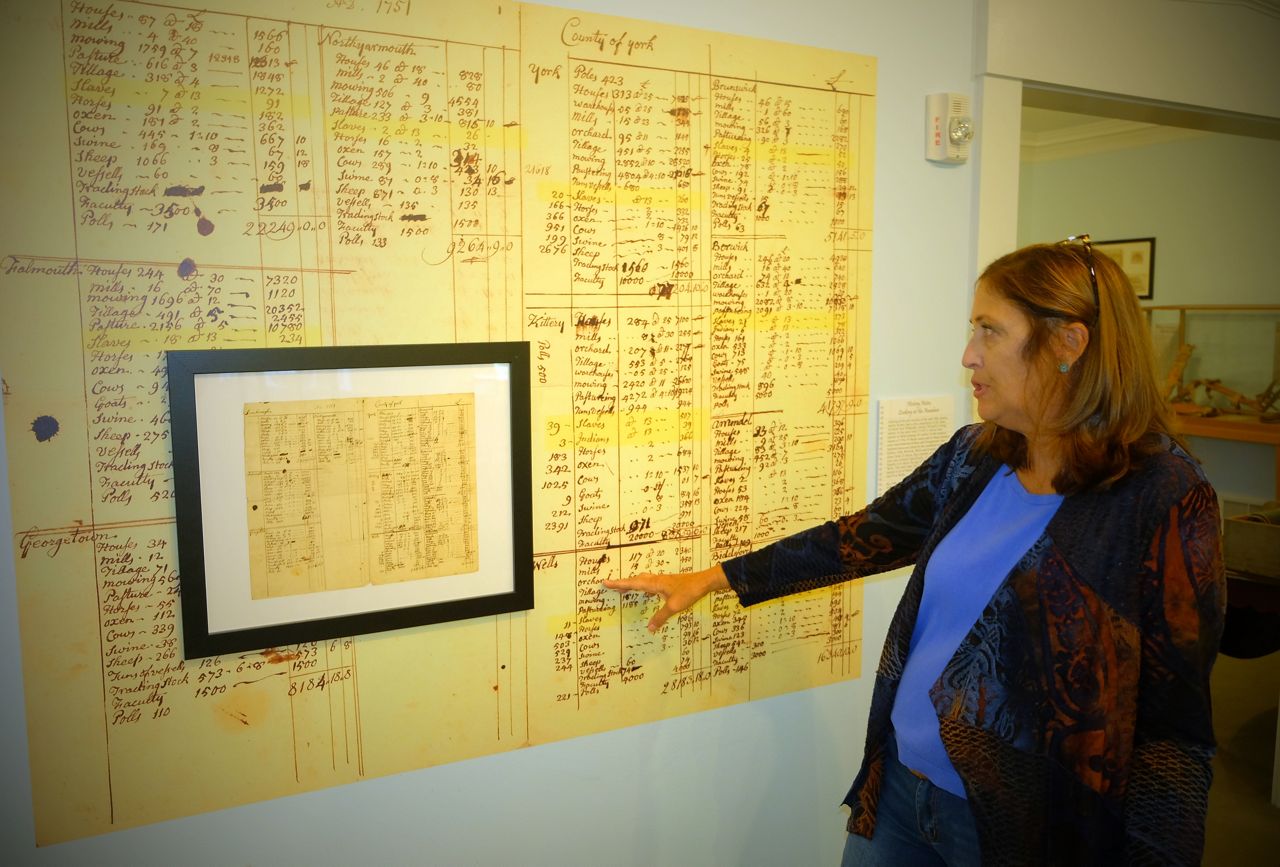
At the time, Roberts was tasked with investigating private burial sites, the kind of small family plots often found on old farm homesteads on back roads. She was researching burial records in order to help identify the graves of local veterans when she stumbled across an interesting footnote in some historical accounts referring to a “slave cemetery,” and an associated “slave settlement.”
“No one knew where it was,” she said.
Roberts said she was “a dog with a bone,” determined to identify the location of the burial site and the remains, if any, of this so-called settlement.
“It was just a quest,” she said. “I wanted the story to be told. These people mattered. They’re part of our history.”
By the fall of 2000, Roberts had found it. The site’s location remains a secret for now, as researchers are still digging there and want the site to remain untouched, but Roberts, on one of her first walks of the location, came across a small, pink, carved stone that could have been a headstone.
“I got the awe moment,” she said.
It turned out not to be the cemetery Roberts was looking for, but it was the first sign that she was on the right track. She was unable to launch any kind of formal dig since she had neither the skills nor the equipment or funding, but armed with the location and access to public records, she began a different kind of dig through mountains of paper: census records, deeds, military records and more.
Exactly how many people lived there and all their identities may never be known but records do indicate by 1800, there were five “heads of household” at the location. Given a single “household” could have more than 10 people in it, Roberts said, that adds up.
Many settlers’ names are known. The last male settler, Tom Bassett, died in 1831. Known as “Old Tom,” Roberts said, he was a fiddler, and known to play for crowds at town events.
Also among the records Roberts found were three African American men, once slaves, who fought alongside their masters in the Revolutionary War. Roberts admits it prompts a question she can’t answer: Why would they have done it?
“That’s a question for the ages,” she said.
Finally, in 2018, Roberts was serving as a member of the local Bicentennial Committee, which was looking for a project to locally commemorate the 200th anniversary of the state’s founding. Roberts suggested funding the hiring of experts to properly examine the site, and the committee agreed. Roberts brought in Leith Smith, a historical archaeologist with the Maine Historic Preservation Commission.
“Just in doing a walkover, I identified a number of possible house sites,” he said.
Smith said documents uncovered by Roberts and his own work at the site date the settlement as existing from roughly 1785-1830. The site’s founding date is interesting, he said. In 1785, Maine was still a part of Massachusetts, which had officially abolished slavery in 1783. It’s likely, he said, the initial settlers were freed slaves who asked to live on common land.
“They may have chosen… asked to remain in the area,” he said. “They had connections.”
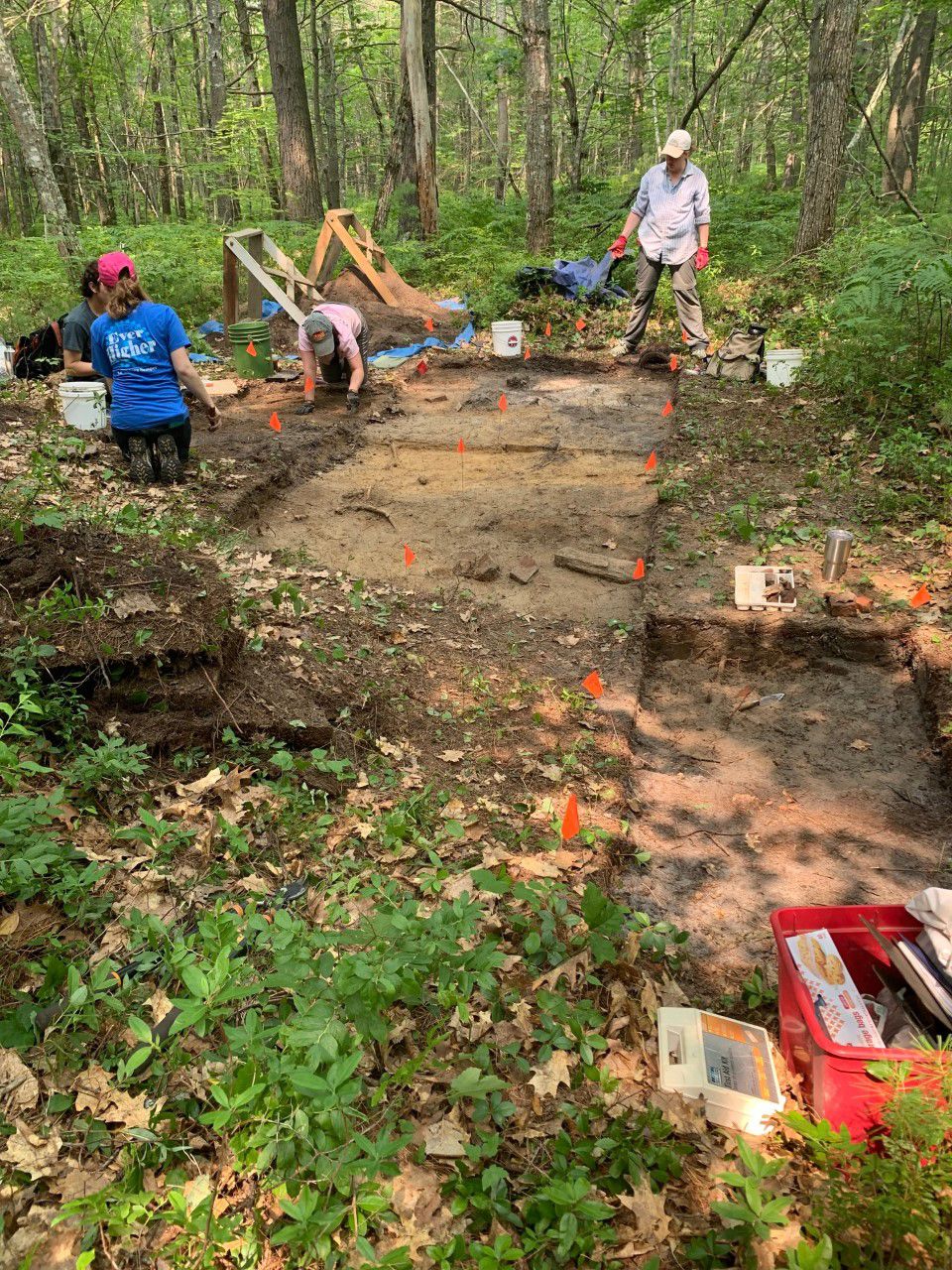
Without disclosing the location, Smith said the area was not ideal for a settlement. The sandy soil was not good for crops, and there were few building materials to be found. The small fragments of brick and stone unearthed at the site so far were likely part of fireplaces or chimneys, and brought to the area when the settlers built their homes, he said.
Today, there is little to nothing left to suggest that a building of any kind existed, Smith said.
“You’re looking for basically stains in the soil, which indicate where a building had been,” he said.
Those stains, he said, mark a faint outline of a building’s footprint. There is a shallow depression in the area to indicate where a root cellar might have been, but in those days homes had no foundations in the modern sense, other than timbers buried around the edges that walls and floors were attached to.
“Because it’s a sandy environment, and it’s very well drained, wood does not last long at all,” he said.
As for the walls and other parts of the buildings, they were likely demolished once the settlers died or moved on, victims of Yankee practicality, Smith said. Building materials such as wood or stone, and hardware such as latches and hinges were too valuable to leave on an old abandoned house.
“It makes it a real challenge to excavate and interpret,” he said.
But some things remained, and what workers have recovered so far is on display at the museum. Fragments of pottery have been matched with common pieces of crockery, bits of reflective glass were found that Roberts and Smith know were part of a mirror seen in many households in the day. There were fragments of a pipe for smoking tobacco, and diggers have recovered flints and fragments of bullets. Some evidence even survived to suggest the settlers used a reflector oven to cook with, a then-state-of-the-art metal culinary convenience that everyone, regardless of skin color, had access to.
“For the most part, they lived like we did,” Roberts said.
Despite the certainty that the people who settled at the Kennebunk site were legally free, racism was still rampant. There are few records to indicate young people lived in the settlement for very long. Legal loopholes in fugitive slave laws, Smith said, meant that the settlers had to look over their shoulders.
“They were free, they were basically safe,” he said. “It didn’t mean that people couldn’t be hassled, and even claimed.”
It’s very likely, Smith said, that those who were young and strong enough fled to Canada if they could, rather than live in fear of persecution.
“Life was hard enough, but then to live with that, it was pure hell,” he said.
Roberts said she contemplated racism from time to time in her research, too. African American settlers listed in records at the state level, for example, were sometimes conspicuously absent from local documents of the time, making verification of their residency harder.
Despite the dark undercurrent that may run through the whole project, Roberts said she is determined to avoid getting drawn into modern politics surrounding racism. She said she’d rather stay focused on uncovering a near-forgotten history, nothing more.
“I’m not looking to go back to slap anybody’s hand,” she said. “I (just) want this story told.”
Excavation continues at the site as long as funding exists, but there is a lot more work to do. Roberts said the site covers about a mile on one side of a road alone, and it’s likely there are more homesteads to uncover on the other side.
“We have only scratched the surface,” she said. “It’s scary how little we’ve done.”
Smith said one area that hasn’t been touched yet measures 40 by 18 feet, and could have once been a barn. It’s also possible that the cemetery alluded to in the old historical records is there too, just waiting to be found.
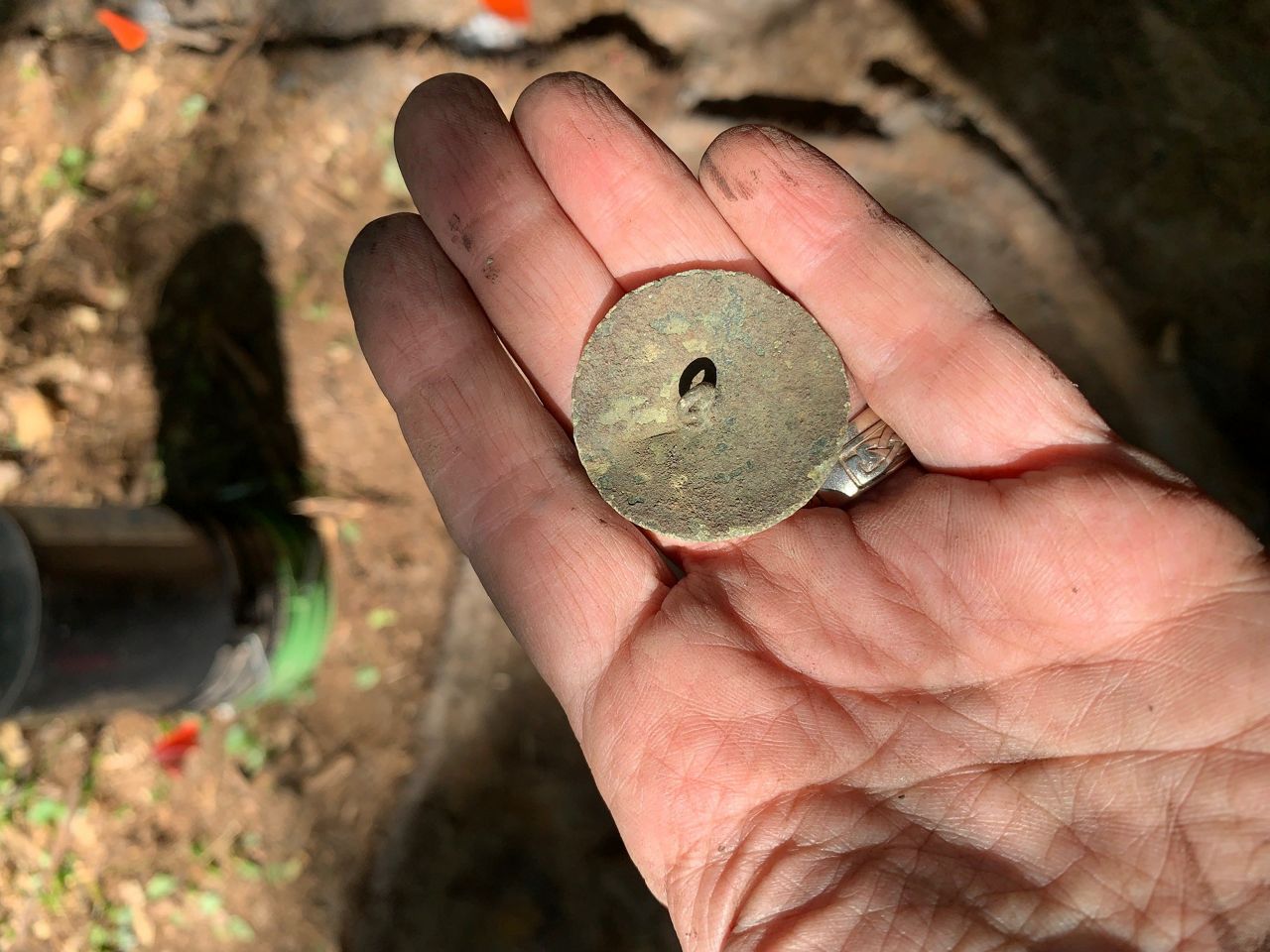
“Obviously, to be able to commemorate the site, it would be really important to find (the cemetery),” he said.
Smith and Roberts both said they hope to one day see some sort of formal recognition of the site. Smith said there are only two other similar settlements known to have existed in the state, one in Wells and the other near Waldoboro. The history of Malaga Island, a mixed-race community, has been acknowledged by the state.
“They’re quite rare, largely because they’re not known,” he said. “They’ve disappeared over time.”
Public awareness of the location has brought new interest and funding. Roberts said the town, along with local churches and businesses, have donated funding to the project, and she is right now writing grant proposals to fund future work. She said she doesn’t know how long it will take to uncover everything, but standing in the exhibit at the Brick Store Museum on Tuesday, Roberts said she was thrilled to finally see results from years of work.
“At least it’s started,” she said. “It’s out there. It’s not going to be swept under the rug any longer.”





